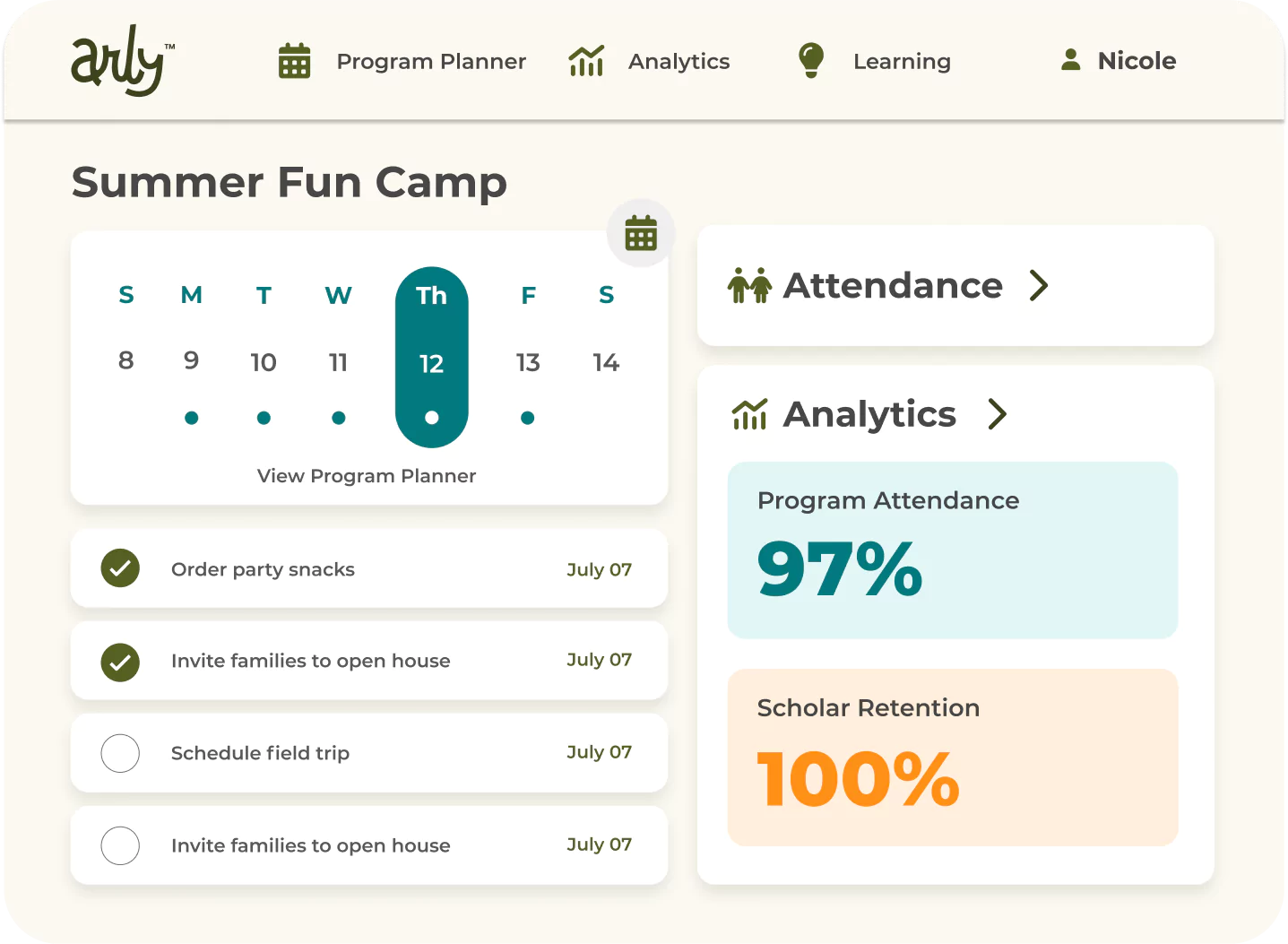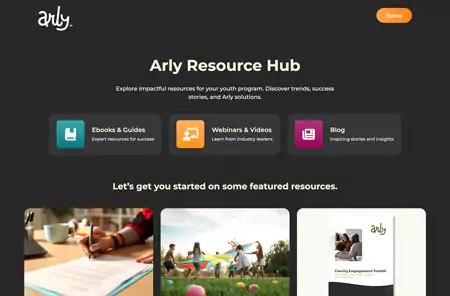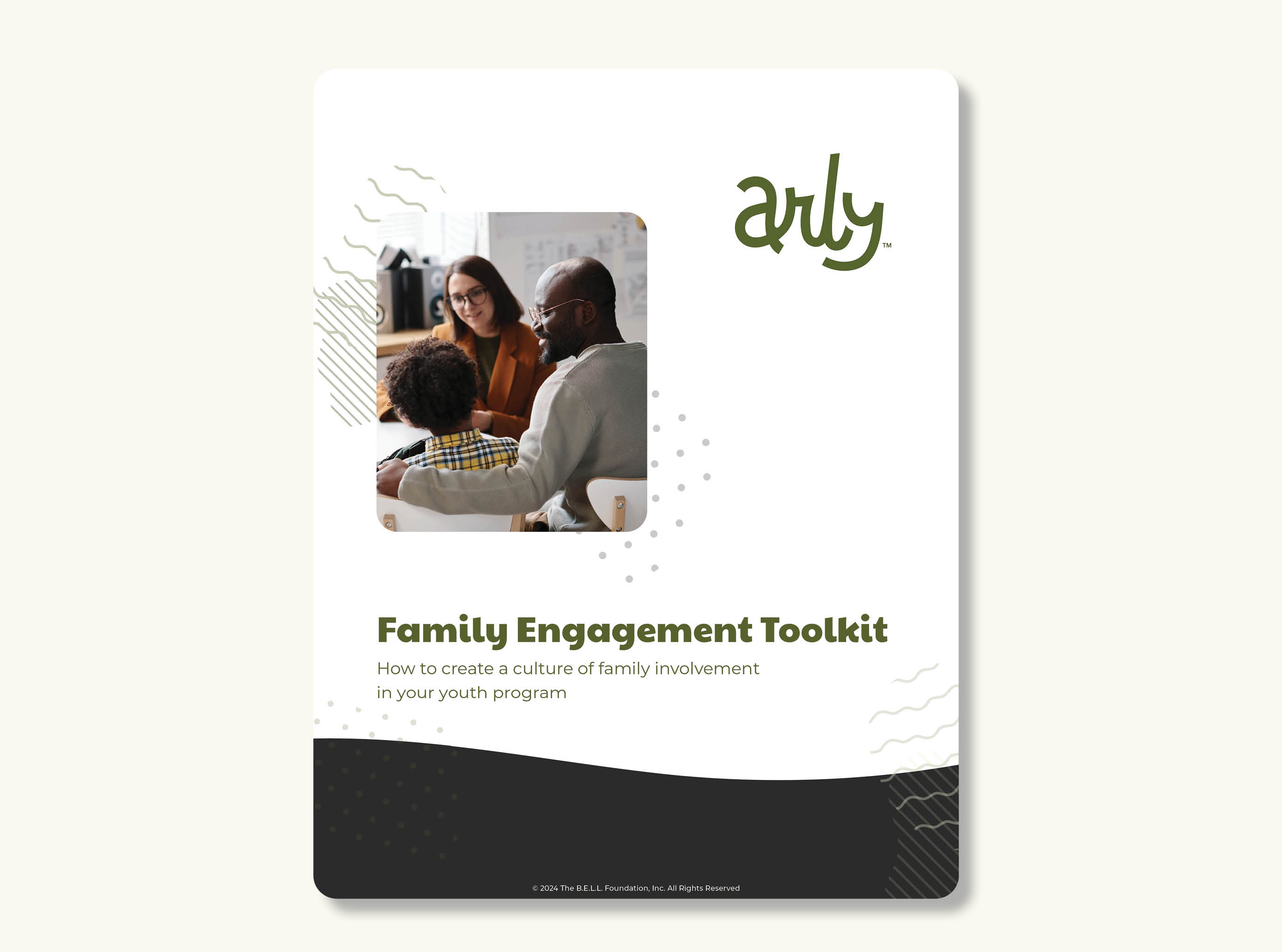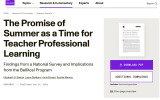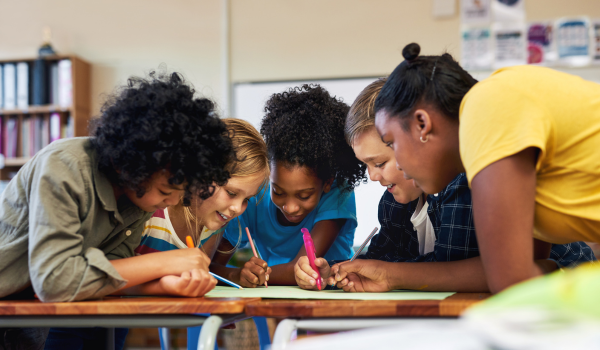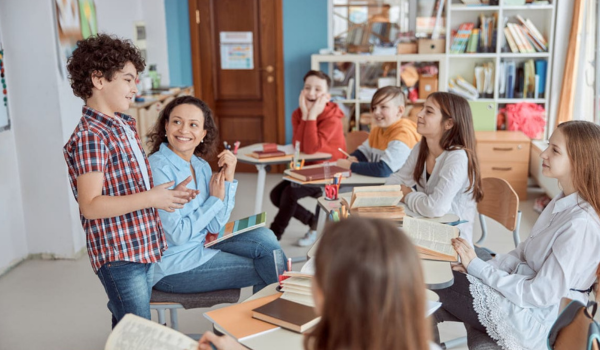6 Brain Breaks for Kids to Boost Learning in your Youth Program (Featuring free digital downloads!)
By Arly Communications on May 5, 2025
In today's fast-paced educational environment, integrating brain breaks into the learning routine has become increasingly important. Brain breaks are short, intentional pauses that allow students to reset and recharge, ultimately enhancing their ability to focus and retain information. These breaks are not merely moments of downtime; rather, they are strategic tools that foster a positive learning environment. By providing students with opportunities to rest their minds, brain breaks can significantly improve attention span, reduce stress, and increase overall classroom engagement. Teachers who incorporate brain breaks often find that students return to tasks with renewed energy and improved concentration, creating a more dynamic and effective learning experience.
1. Get Moving
Movement breaks are one of the most common and effective ways to offer students a break throughout the day. Not only do they get the blood pumping and get students out of their seats, movement breaks can help stimulate creativity, alleviate stress, and increase focus and engagement with an activity or lesson. The options for movement breaks are endless.
- Student-Generated Movement Break - Allow students to choose which exercises they would like to, have each student write down a physical exercise that takes 1-2 minutes (10 jumping jacks, 30 mountain climbers, etc.) on a piece of paper. Place all the papers in a basket and randomly choose 2-3 activities during every brain break.
- Guided Movement - Websites like GoNoodle, are awesome resources to take students through a guided exercise break. There are tons of options to choose from.
- Class Game - Allow students to play a classwide game such as Four Corners, Heads Up Seven Up, or Follow the Leader. Looking for a new activity to try? Check out our free activity, Mingle Mingle.
2. Mindful Moments
While some students benefit from movement, others may need a calming break to manage stress and anxiety. Mindfulness exercises are perfect for this purpose, offering students a chance to relax and center themselves. Simple techniques such as deep breathing, guided imagery, or a brief meditation session can help students develop self-regulation skills. These activities teach children how to manage their emotions, leading to a more harmonious classroom atmosphere. By incorporating mindfulness practices into daily routines, educators equip students with lifelong skills that enhance emotional intelligence and resilience.
3. Community-Building Activities
Offering breaks can also serve as an opportunity to further build a positive community within a group of students. These social interactions foster a sense of belonging and community within the classroom, which is essential for a positive learning environment. By taking time to engage students in playful and cooperative games, teachers help them develop social skills that are as critical as academic knowledge.
Teachers can use this time to have students participate in team building challenges, such as a game of Telephone, or get to know each other through activities like Two Truths and a Lie. Download our ready-to-go counting challenge for an activity to try now!
4. Creativity Challenges
Academic days can get a bit monotonous, next time you are looking for a way to offer your students a break consider a creative challenge. Creative challenges allow students to tap into a different side of their brain and may allow them to look at an activity differently. Here’s some creativity challenge to try:
- Drawing Activities - Check out this downloadable drawing activity to push students' creativity to the next level.
- Free writing - Give students a set amount of time to write about any topic of their choice.
- Hot Debate - Provide students with a silly open ended question, such as which color is better yellow or green? Then ask students to write an argument for or against a certain topic.
- Guided Drawing - Guide students through a drawing activity and then allow students to decorate their drawing or personalize the background.
5. Self Directed Opportunities
After a long day of structured activities, many students yearn for some control over their activities. Brain breaks can be a great opportunity to allow students to choose what kind of break they need. Provide 2-3 reasonable options for students to choose from and set a timer for how long the break will take. Options could include simple things like this, read a book, chat with a friend, or put their head down.
6. Change of Scenery
Finally, sometimes students simply need to change their environment as a way to reset and refresh. If possible at your site, plan ways to get students out of the classroom by taking a walk around the building, completing activities in a new space like the gym or library, or consider changing around the seating arrangement (allow students to stand or sit on the floor).
Mix Up your Classroom Routine and Increase Student Focus
In conclusion, brain breaks are an invaluable component of an effective educational strategy. By incorporating a variety of activities—ranging from movement to mindfulness and interactive games—teachers can support students' cognitive, emotional, and social development. These breaks not only refresh young minds but also promote a thriving classroom community, setting the stage for successful learning outcomes.
Looking for more ways to improve your youth programming? Check out our resource for Building Better Programs now!
